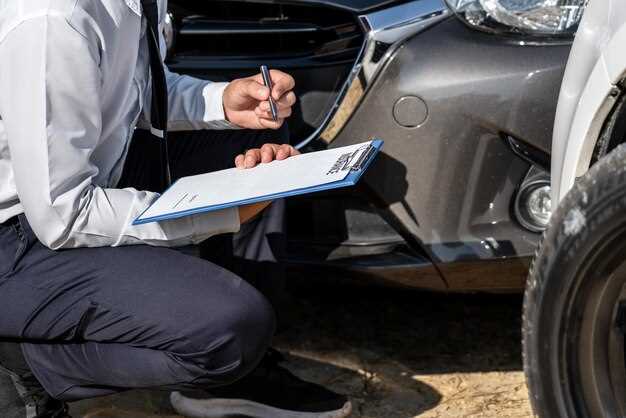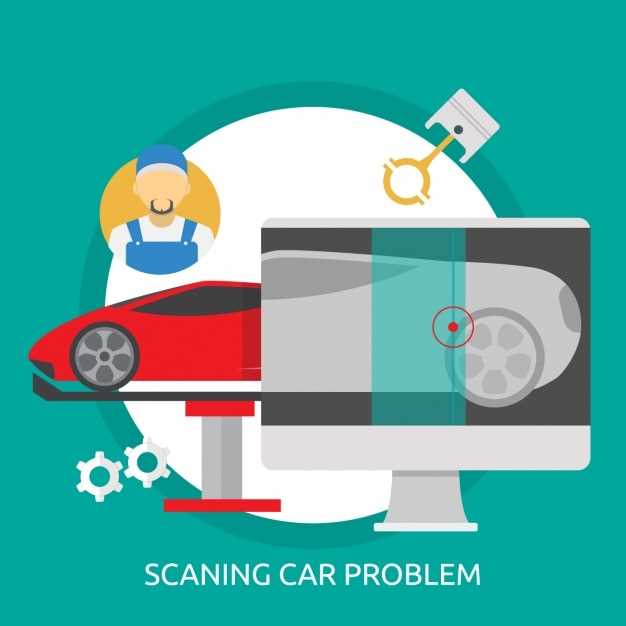How to diagnose electrical issues in your Jeep


Electrical issues in your Jeep can manifest in various ways, from erratic behavior of lights and gauges to complete system failures. Understanding the underlying wiring can significantly aid in diagnosing these problems. Whether you are dealing with a blown fuse or a malfunctioning component, a solid grasp of the basic electrical system will empower you to take control of the situation.
In most cases, a systematic approach is necessary to pinpoint the source of the malfunction. Begin by inspecting the battery and its connections, as this is often the root of electrical complications. From there, trace the wiring harness for any visible signs of wear or damage. It’s crucial to be thorough; slight fraying or corrosion could lead to larger challenges down the line.
Next, utilize a multimeter to test various points within the electrical system. This tool will help you assess voltage levels and continuity throughout the wiring. Understanding how to interpret these readings is vital for identifying faults in the circuit. With patience and attention to detail, diagnosing electrical problems in your Jeep can become a manageable process, ultimately leading to safer and more reliable driving experiences.
Identifying Common Wiring Issues in Jeep Electrical Systems
When troubleshooting electrical problems in your Jeep, identifying wiring issues is a crucial first step. Many electrical failures can be traced back to faulty wiring, which can manifest in various forms. Understanding these common issues can save time and reduce frustration during the diagnostic process.
1. Frayed or Damaged Wires: One of the most frequent wiring problems occurs when insulation on wires becomes cracked or frayed due to wear and tear or exposure to harsh conditions. This damage can lead to short circuits and intermittent electrical failures. Inspect the wires for visible signs of wear, especially in areas that are subject to movement or abrasion.
2. Corrosion: Corrosion can significantly impact electrical performance, particularly in Jeep models that are often exposed to moisture. Connectors, terminals, and wiring harnesses can accumulate rust or corrosion, which can impede electrical flow. Regularly check these components and clean any corrosion using an appropriate cleaning solution.
3. Loose Connections: Loose or poorly connected wiring can result in sporadic electrical issues, such as flickering lights or erratic gauges. Ensure that all connectors are securely fastened, and check for any loose terminals that may not be making proper contact. Tighten connections where necessary to restore optimal performance.
4. Grounding Issues: A poor ground connection can lead to a range of electrical issues, including dim lights and malfunctioning accessories. Ensure that all grounding points are clean, secure, and free from rust. A solid ground connection is essential for the proper operation of your vehicle’s electrical systems.
5. Overloaded Circuits: Overloading circuits can cause wires to heat up and potentially lead to burnout. Be mindful of electrical add-ons or modifications that may draw more current than the circuit can handle. Always consult your Jeep’s specifications to avoid exceeding recommended limits.
In summary, regularly inspecting your Jeep’s wiring system for frayed wires, corrosion, loose connections, grounding issues, and overloaded circuits can help identify common electrical problems. By addressing these issues promptly, you can ensure the reliability and safety of your vehicle’s electrical system.
Testing Your Jeep Battery: Signs of Wear and Failure

Ensuring your Jeep’s battery is in optimal condition is crucial for reliable performance. A failing battery can lead to starting issues and affect other electrical components. Here are key signs of wear and failure you should monitor.
1. Dim Lights: One of the first indicators of battery issues is dimming or flickering headlights and interior lights. If you notice a reduction in brightness, it may be a sign that your battery is struggling to maintain a charge.
2. Slow Engine Crank: If your Jeep takes longer to start or the engine cranks slowly, the battery may not have enough power. This symptom is particularly noticeable on cold mornings.
3. Corrosion: Check the battery terminals for signs of corrosion. A build-up of white, ashy substance around the terminals can hinder electrical flow, leading to performance problems.
4. Warning Light: Many modern Jeeps come equipped with a battery warning light on the dashboard. If this light illuminates while driving, it indicates that there’s an issue with the battery or charging system.
5. Age of Battery: Most batteries have a lifespan of 3 to 5 years. If your battery is approaching or exceeding this age, it’s wise to test its health regularly, even if no other symptoms are present.
6. Swelling or Bulging: Physical deformation such as swelling or bulging of the battery case can indicate internal damage. If you notice this, the battery should be replaced immediately as it’s a safety hazard.
7. Reduced Electrical Performance: If you experience issues with power windows, radio, or other electronic accessories, the battery may be failing to supply adequate power to these systems.
Regularly testing your Jeep’s battery will help you catch potential issues early. If you observe any of the signs mentioned, consider having the battery professionally tested to avoid unexpected failures.
Using Multimeters and Tools for Accurate Electrical Diagnosis

To effectively diagnose electrical problems in your Jeep, utilizing a multimeter is essential. This versatile tool measures voltage, current, and resistance, allowing for precise evaluation of the vehicle’s wiring integrity. Begin by checking battery voltage; a healthy battery should display around 12.6 volts when fully charged. If the reading is significantly lower, it may indicate a need for recharging or replacement.
Next, probe the wiring harness with the multimeter while the ignition is on. This will help identify any voltage drops within the system. A voltage drop greater than 0.2 volts across wiring connections suggests poor connections, which can lead to intermittent electrical issues.
In addition to a multimeter, having access to other diagnostic tools can enhance your troubleshooting efforts. A test light can be used to easily determine if power is reaching specific components. For more complex issues, an oscilloscope may be utilized to visualize the electrical signals in the wiring, enabling the detection of irregularities in waveform patterns.
Always inspect the physical condition of the wiring as well. Look for damaged insulation, frayed wires, or corrosion at connectors. These visible signs can often be the root cause of electrical failures. Proper technique involves peeling back the insulation carefully to examine the wire itself, ensuring that it is free from breaks or excessive wear.
Finally, ensure that your tools are calibrated and functioning correctly. Regular maintenance of your multimeter and other diagnostic tools is vital for accurate readings. With the right approach and equipment, you can effectively pinpoint and resolve electrical issues, ensuring optimal performance of your Jeep’s electrical system.
